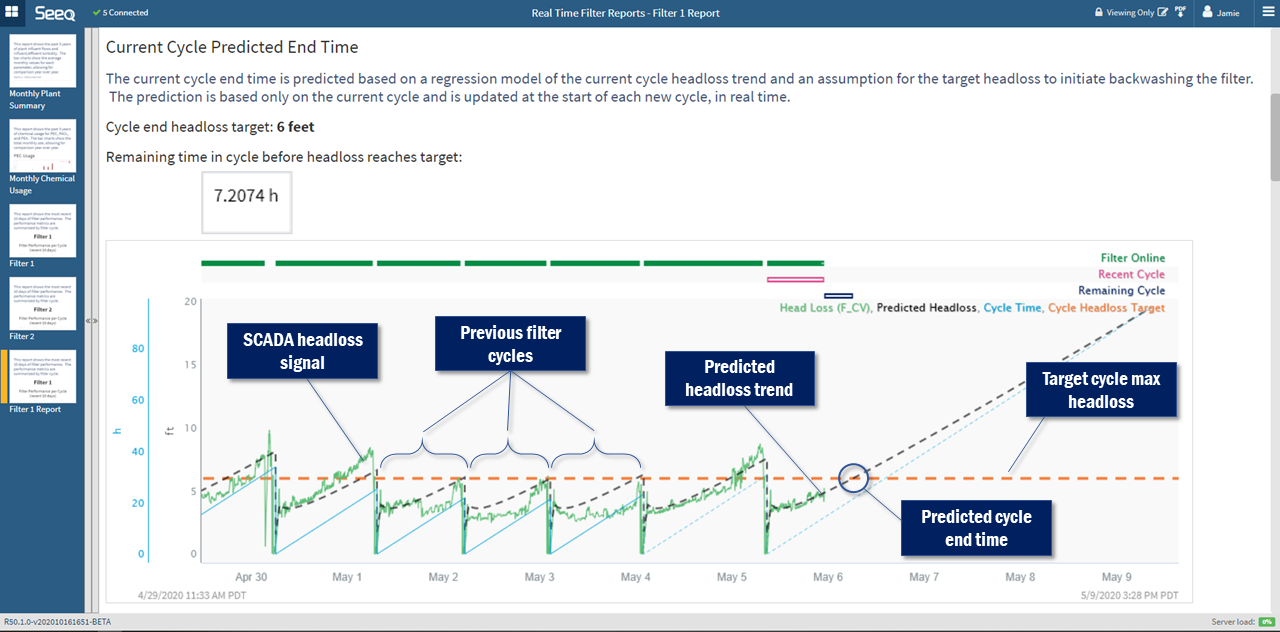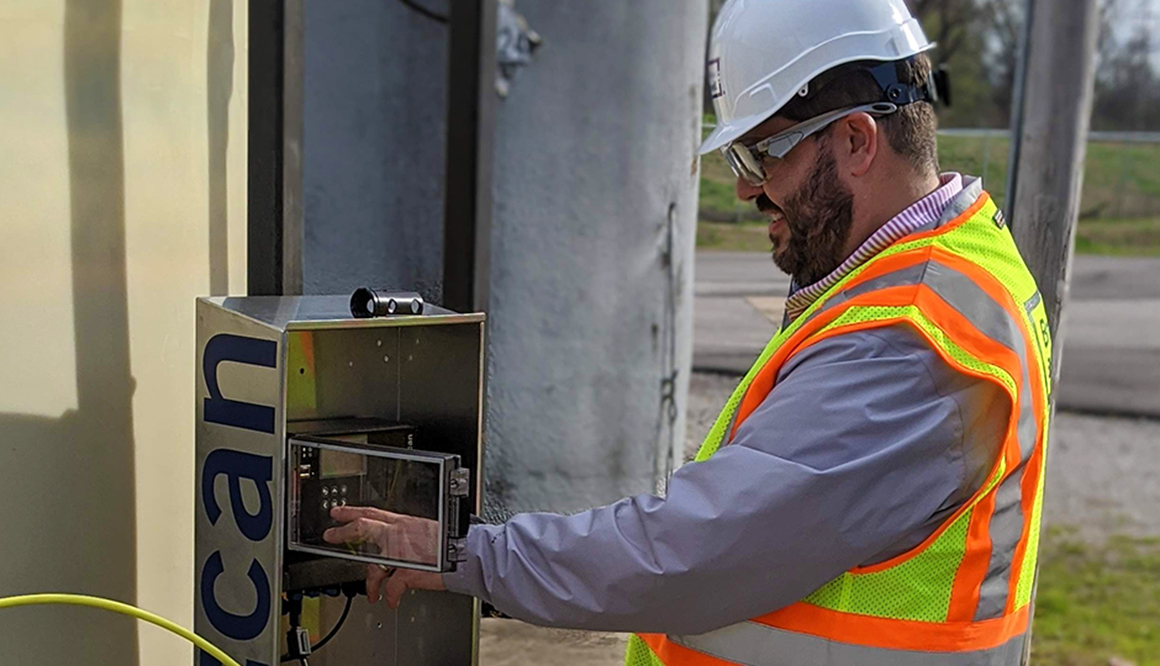Data science is transforming how the water industry designs, operates, and maintains infrastructure. “Digital water: Predict performance to inform decision-making” is the second of a three-part advanced analytics blog series exploring how BC helps our clients make the most of the data they are already collecting in SCADA, lab analysis, asset databases, and metering.
BC has partnered with Seeq, an advanced analytics software company, to effectively leverage and transform data into decisions for the water and wastewater industry. BC’s expertise combined with this powerful new tool enables water and wastewater utilities to:
- Use the data they are already collecting to make data-driven decisions based on the specific system conditions
- Identify opportunities to optimize existing systems and processes, and implement the analytics to achieve that optimization
- Detect small changes in data trends that signify larger issues, before they become problems
Check out this recorded webinar to learn more about how advanced analytics are transforming the water and wastewater industry.
Predict performance to inform decision-making
Utilities collect vast amounts of data, big data, every minute with SCADA systems and highly instrumented facilities. The majority of this data is never seen by the individuals responsible for facility operations and performance. Plant operators possess an abundance of knowledge of their systems and one of the largest challenges of the water/wastewater industry is how to transfer this knowledge to the next generation of operators. Big data analytics provides a part of the answer.
“Turning data into intelligence and giving access to the right people to use it as they make decisions leads to improved outcomes that more people understand and support.”
Brown and Caldwell’s National Analytics Engineering Lead Jamie Lefkowitz
Data intelligence enables newer operators to more quickly understand the intricacies of plant operations and helps build intuition that more experienced operators have been able to establish over the course of their careers.
Seeq can be used to apply advanced analytics to continuous SCADA signals to provide real-time feedback on process performance. An example of performance monitoring using advanced analytics that enables effective decisions is predicting filter backwash cycles. Water plants often have a bank of multiple filtration units, all fully instrumented with sensors that collect detailed minute-by-minute data. These data include flow, water level, headloss, turbidity, and other signals.BC has partnered with Seeq to deploy a real time predictive analytic that projects the end of each individual filter’s cycle based on current actual headloss trends. When deployed across a filter bank, operators can use the prediction to:
- Schedule sequenced backwash cycles for the filtration units
- Optimize unit filter run volume between backwashes
- Identify poor filter performance quickly to enable immediate operational changes or maintenance needs
- Quickly review junior operator decisions
- Give junior operators the tools to measure impact of their decisions on process performance against key performance metrics established with operations managers

Seeq Organizer is used to show an ongoing filter cycle, with a predicted end time in 7.2 hours on May 6. The current cycle headloss is predicted (black dotted line) using a logarithmic regression (r2 = 0.72). Where the predicted headloss reaches the headloss target (orange dotted line), that represents the predicted cycle end time. The actual headloss signal from SCADA is shown in green and cycles from the previous few days can be seen on the time series plot. The predictive analytic for headloss is based only on the current cycle headloss and is updated at the start of each new cycle.
As the industry continues to transition its workforce to the next generation, using advanced analytics to transform data into intelligence can fast-track the learning curve, saving utilities time and money. Giving an operator an operational target, such as headloss or unit filter run volume, and the tools to measure when they have achieved that target before running a backwash optimizes energy intensive backwash cycles, ultimately reducing energy costs. Tools that synthesize real-time data into intelligence to provide immediate feedback on process performance also enable staff to monitor facilities remotely and securely.
